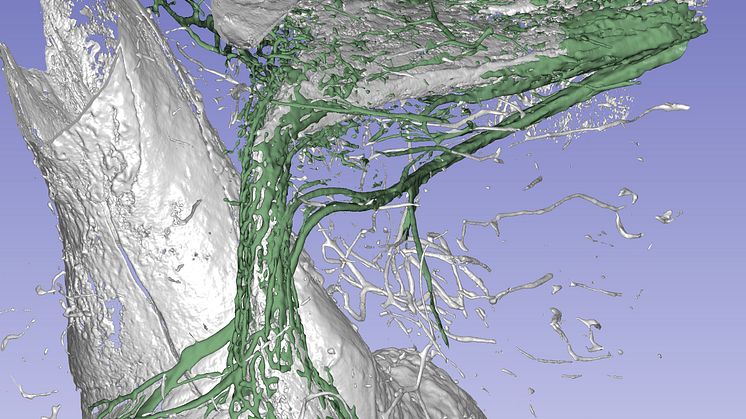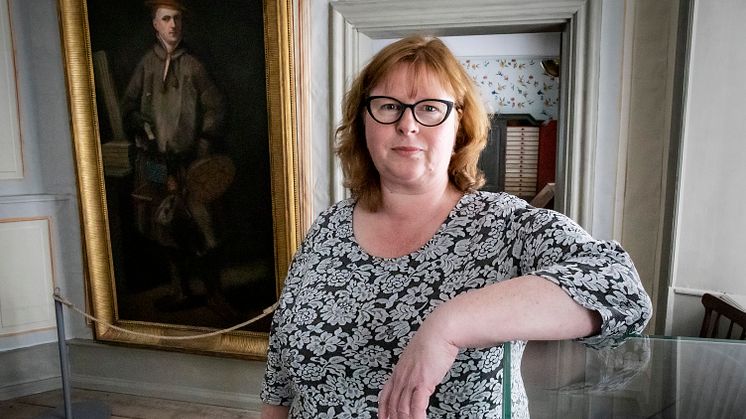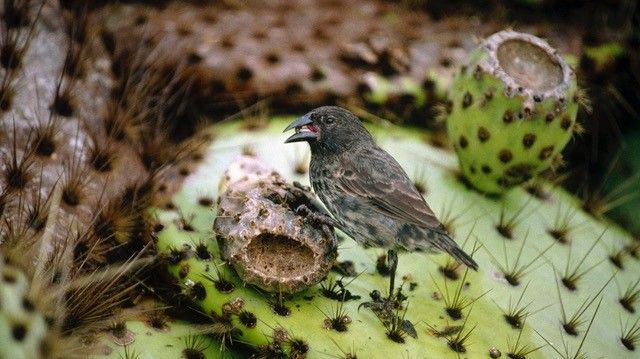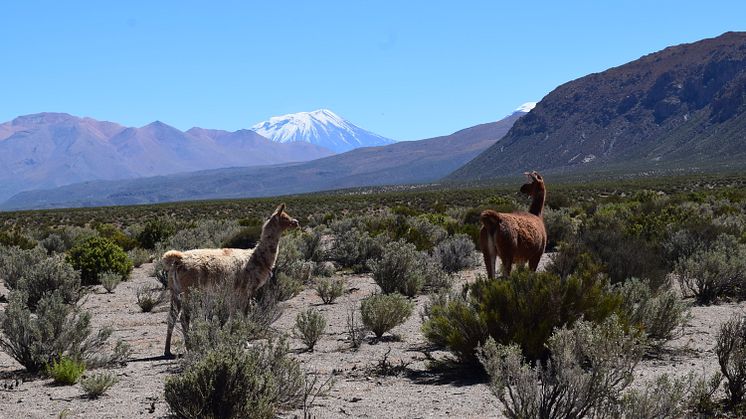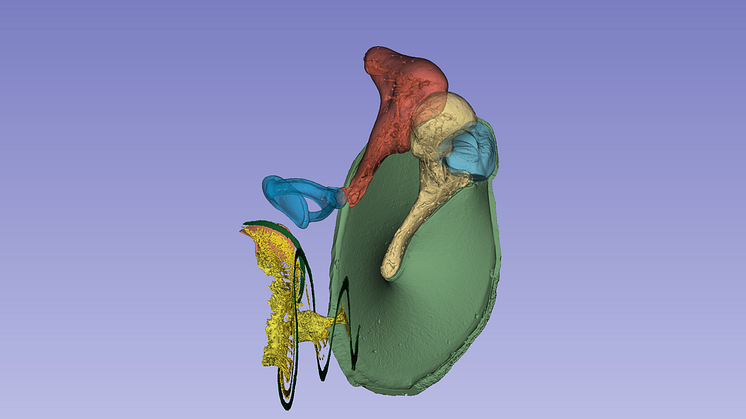Advanced X-ray technology tells us more about Ménière's disease
The organ of balance in the inner ear is surrounded by the hardest bone in the body. Using synchrotron X-rays, researchers at Uppsala University have discovered a drainage system that may be assumed to play a major role in the onset of Ménière's disease, a common and troublesome disorder. These results are published in the journal Scientific Reports.
